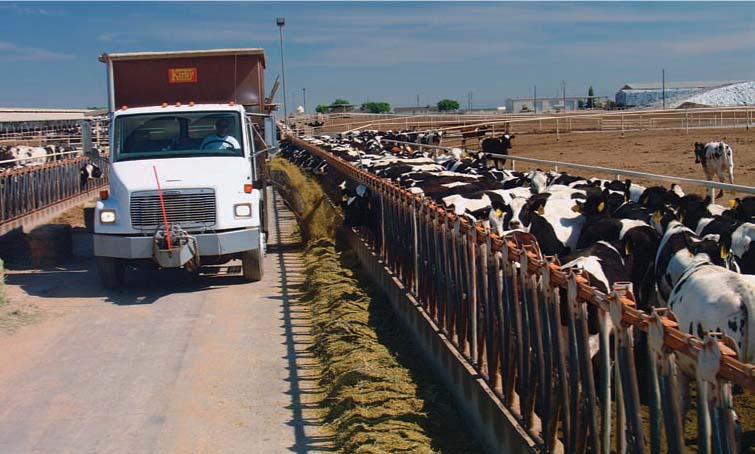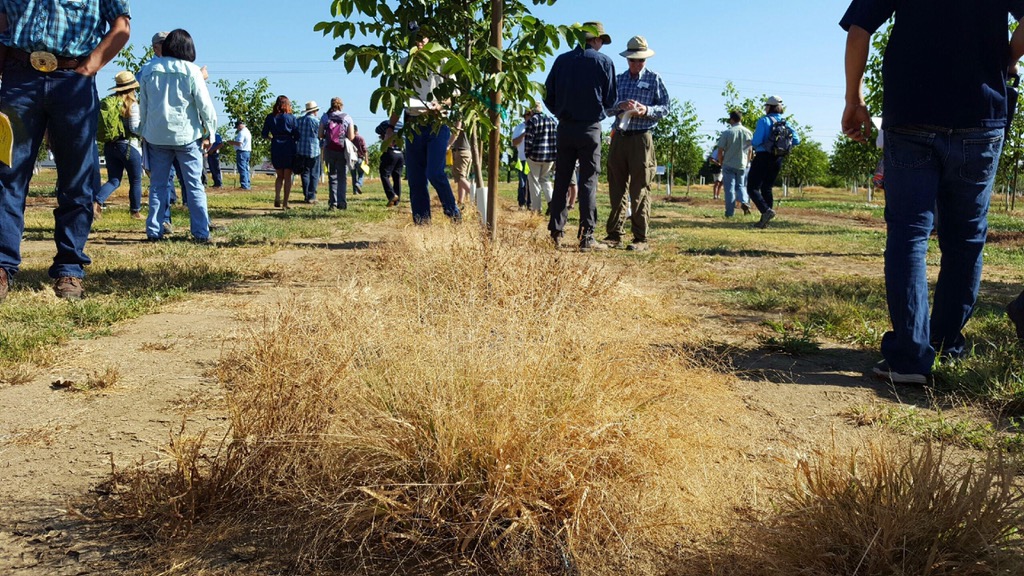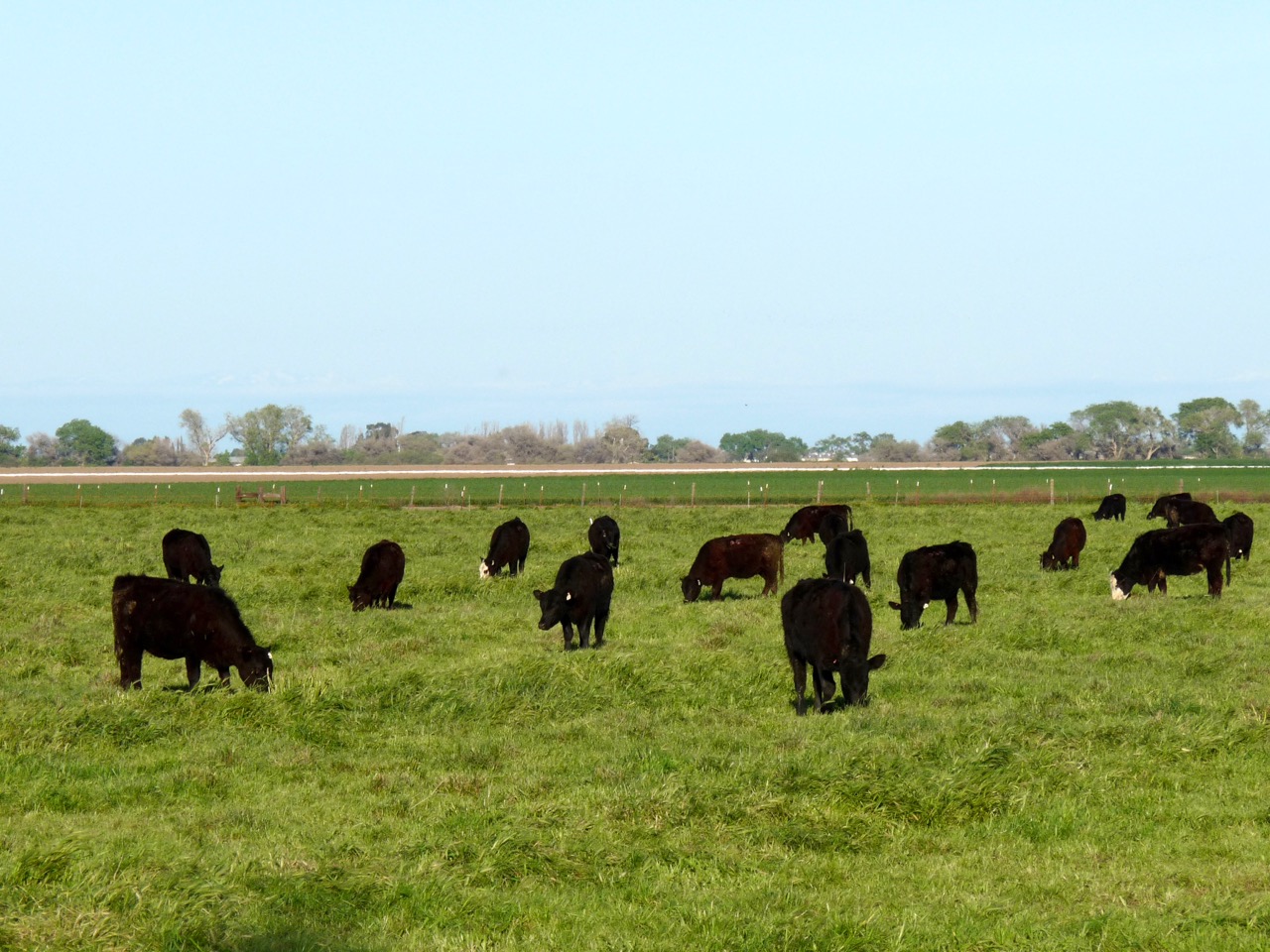Caution Advised on USDA Proposal
California Dairies Cautious On USDA Proposal
By Jessica Theisman, Associate Editor
California Ag Today met recently with Kevin Abernathy, the general manager for Milk Producers Council. Milk Producer’s Council is an advocacy organization trying to make sure the dairies in California are being treated correctly. The MPC has been working for a long time to ensure that the California dairies are well taken care of. Especially when it comes to the USDA proposal to add the California dairy industry into the Federal Milk Marketing Order (FMMO).
“MPC has been an advocacy group on behalf of California dairy families since 1949. This FMMO process is something we have been akin to since the start of it,” Abernathy said. “It was the early leadership of MPC that started the process of adding twenty-some odd years ago. Then the work evolved into work done by Sye Vanderdusson, Jeffery Vandenheuvel and Rob Vandenheuvel, with their growth management plans, which lead to the Holstein plan, which got evolved into the Foundation For The Future plan, which ultimately ended up where we’re at today.”
It is said that CDFA still has the upper hand in the situation concerning quotas and pay. The MPC is taking a look into these concerns.
“If this was something that was announced by CDFA because we have the experience in working in the California system, it is easy for us to calculate and the compute the outcomes. … So that is the process that we are going through right now and understanding how this thing works,” Abernathy said.
















